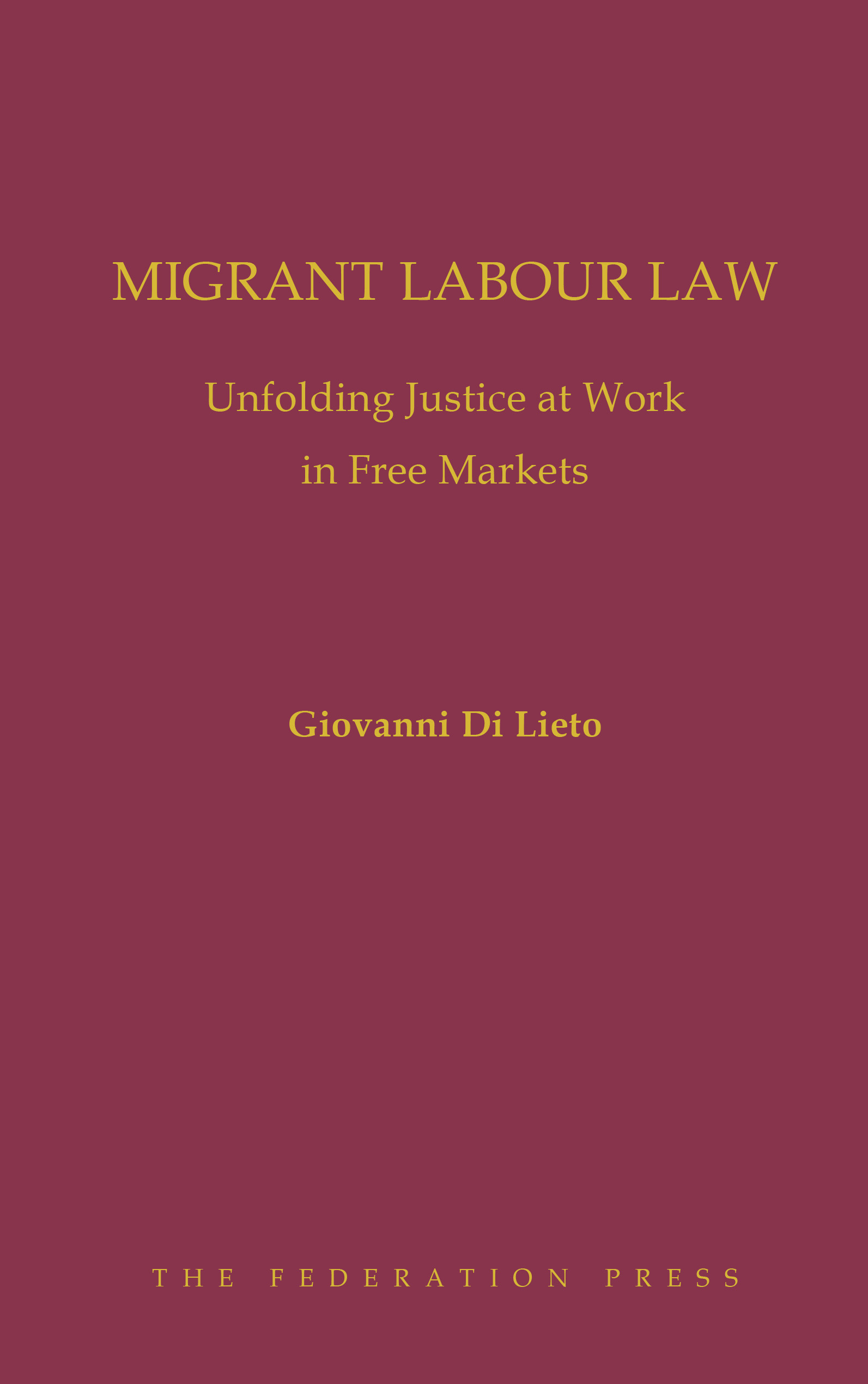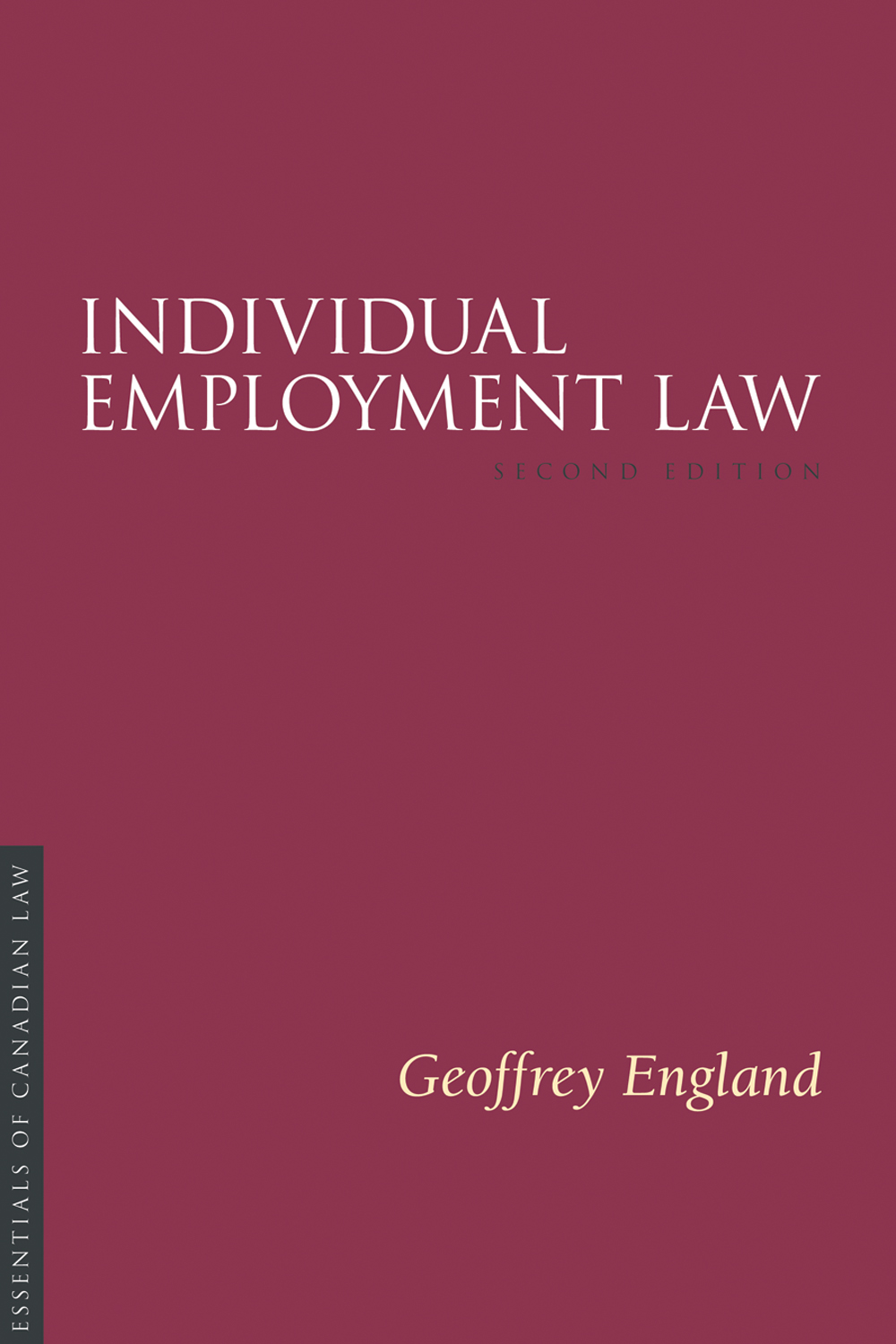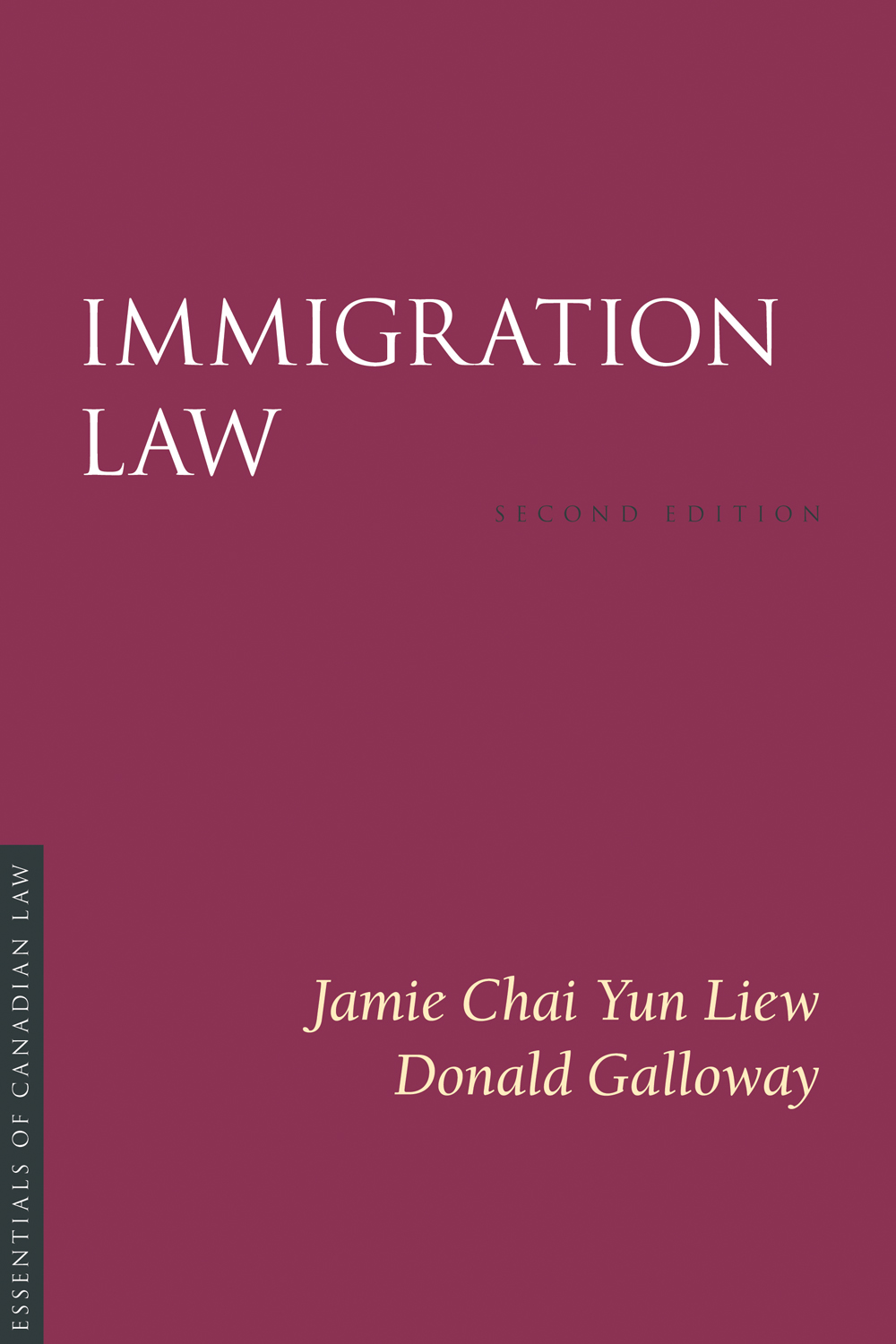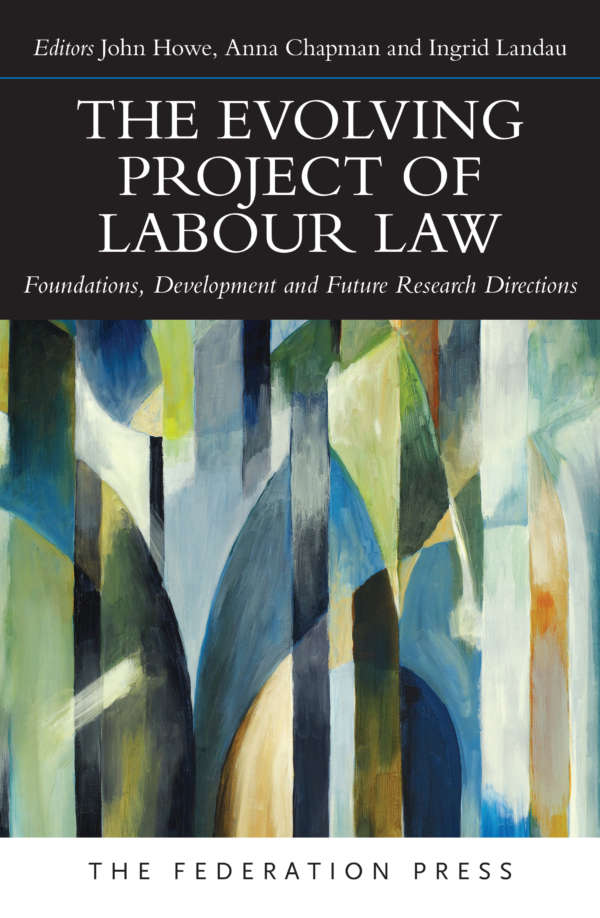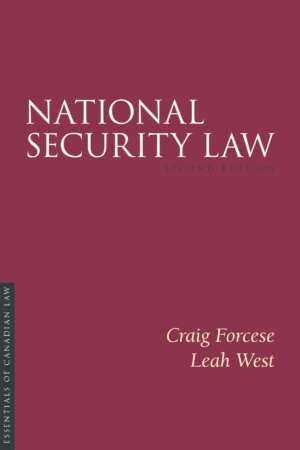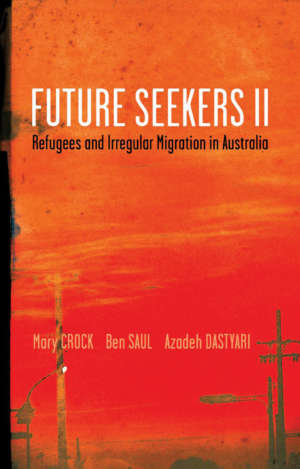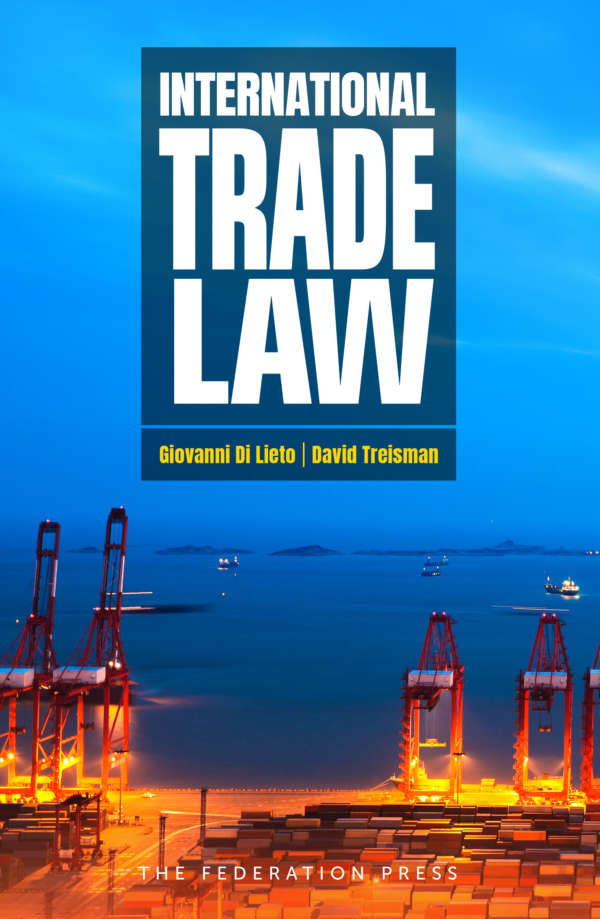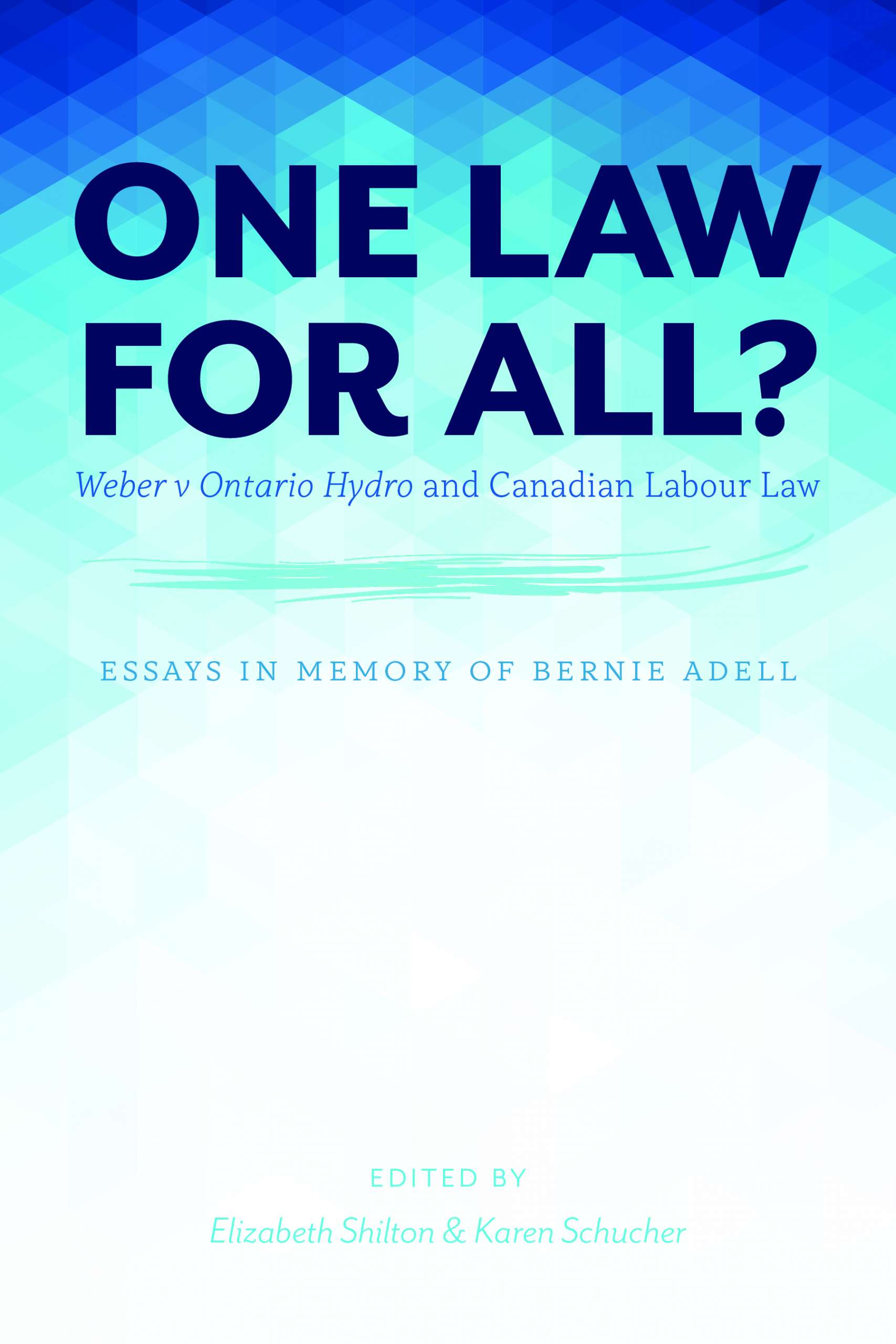Product Description
In our globalised world, we constantly talk about the need to future-proof our skills and jobs to remain competitive in an increasingly mobile society and economy. However, labour migration policies, institutions and safeguards are lagging way behind. This study endeavours to explore possible solutions in order to address the issues and needs of a mobilised global workforce. The analysis aims at making the theoretical leap from a citizenship and border-based framework of industrial relations to a more holistic concept of borderless labour mobility that prioritises global interests.
In the media…
Giovanni Di Lieto on SBS Italian Radio with Francesca Rizzoli and Magica Fossati, Migrant labour law, a grey area, 3 October 2016 Listen to interview…
Giovanni Di Lieto on ABC Radio National, Breakfast with Fran Kelly, Australia to benefit as Asia embraces free trade, 20 September 2016 Listen to interview…
Migrants are sacrificing their working rights because of greedy governments, The Conversation, 20 September 2016 Read article…
**Dr Giovanni Di Lieto, Migrant Labour Law: Unfolding Justice at Work in Free Markets, was joint winner of the inaugural Holt Prize 2015.
Preface
Acknowledgements
About the Author
List of Abbreviations
Table of Statutes
1. Introduction
1.1 Why labour mobility?
1.2 Summary of book development
1.3 Analytical approach and methodology
1.4 Analytical background
Labour studies
Citizenship studies
Migration studies
1.5 Summing up
2. Workers on the Move
2.1 A sampling of the things to come
2.2 Overview
2.3 Historical context of modern migration
2.4 Human development and pressures to migrate
2.5 Migration drivers
2.6 Movement patterns
2.7 Employment and immigration
2.8 Summing up
3. Justice at Work for Migrants
3.1 A sampling of the things to come
3.2 Policy trends
3.3 The freedom to choose where to work
3.4 Early initiatives for an integrated approach in migration and human rights
3.5 Working conditions and treatment of migrants in the ILO’s Decent Work Agenda
3.6 Reasons for decent work deficits
3.7 The antithesis of decent work: forced labour of trafficked migrants and other vulnerable groups
Trafficked migrants
Female domestic workers
Unauthorised migrant workers
3.8 Global mobility, international trade and the new migrant worker
3.9 The rise and fall of the welfare state for migrant workers
3.10 Summing up
4. The Legal Apparatus of Cross-Border Labour Rights
4.1 A sampling of the things to come
4.2 Migration hurdling and human rights infringement
4.3 International regulation of social security rights for migrant workers
4.4 The international law of labour migration: ILO’s minimum standards and instruments
Regulatory framework
Fundamental principles, rights and standards
Practical application of instruments
4.5 The international human rights law of migrant workers: the United Nation’s ICRMW
4.6 Beyond Conventions and Institutions: a new international regime on labour migration
4.7 Bilateral and regional agreements regulating cross-border labour migration
Bilateral agreements
Regional agreements
4.8 Summing up
5. Free Trade in Labour
5.1 A sampling of the things to come
5.2 Perspectives and prospects for the international trade law of migrant workers
5.3 Migrant labour undervaluation and comparative advantage in the WTO system
5.4 WTO rules and the social clause on international labour standards
5.5 The initial debate on the inclusion of labour standards in the WTO
5.6 The multilateral opening of international labour markets in GATS Mode 4
5.7 Restrictions to temporary movement under GATS Mode 4
5.8 The second generation of bilateral migration agreements
5.9 Summing up
6. The Missing Link in Global Migration Governance
6.1 A sampling of the things to come
6.2 The genealogy of citizenship at work: Marshall’s theory
Civil citizenship
Political citizenship
Social citizenship
Beyond social citizenship
6.3 The anomaly of industrial citizenship
6.4 Beyond the original concept of industrial citizenship
6.5 The collectivisation of industrial citizenship rights
6.6 The avenues of modernisation for industrial citizenship
Industrial and economic citizenship
Industrial citizenship beyond the workplace
6.7 The legal and political scope for an international body dealing with issues of labour migration
6.8 The legal and policy framework for a new transnational order of migrant labour governance
6.9 The framework model of an organisation for migrant labour
Constitutional platform and mission
Organisational coverage
Membership and accession system
Organisational structure
Organisational powers and functions
Organisational obligations and commitments
6.10 Challenges and controversies of the OML
The border control coordination system
The social security coordination system
6.11 The European Union labour citizenship as a prototype for borderless industrial citizenship
6.12 The link between the EU free movement of workers and borderless industrial citizenship
6.13 Lessons from the free movement of workers after the EU enlargement
Migrant workers
Receiving countries (EU15)
Sending countries (EU8 and EU2)
6.14 Summing up
7. Borderless Industrial Denizenship
7.1 A sampling of the things to come
7.2 The soft-bordered model of industrial citizenship
Denizenship
Borderless and industrial
7.3 Furthering the de-nationalisation of industrial citizenship
7.4 The stateless concept of industrial denizenship
7.5 The call for a new union model
7.6 Illegal migration dimensions of industrial denizenship
7.7 What lies ahead of cross-border economic migration?
7.8 Borderless industrial denizenship and migrant labour
7.9 Control policy for borderless industrial denizenship
7.10 The identity issue for the borderless industrial denizen
7.11 Summing up
8. Conclusion
References
Index

